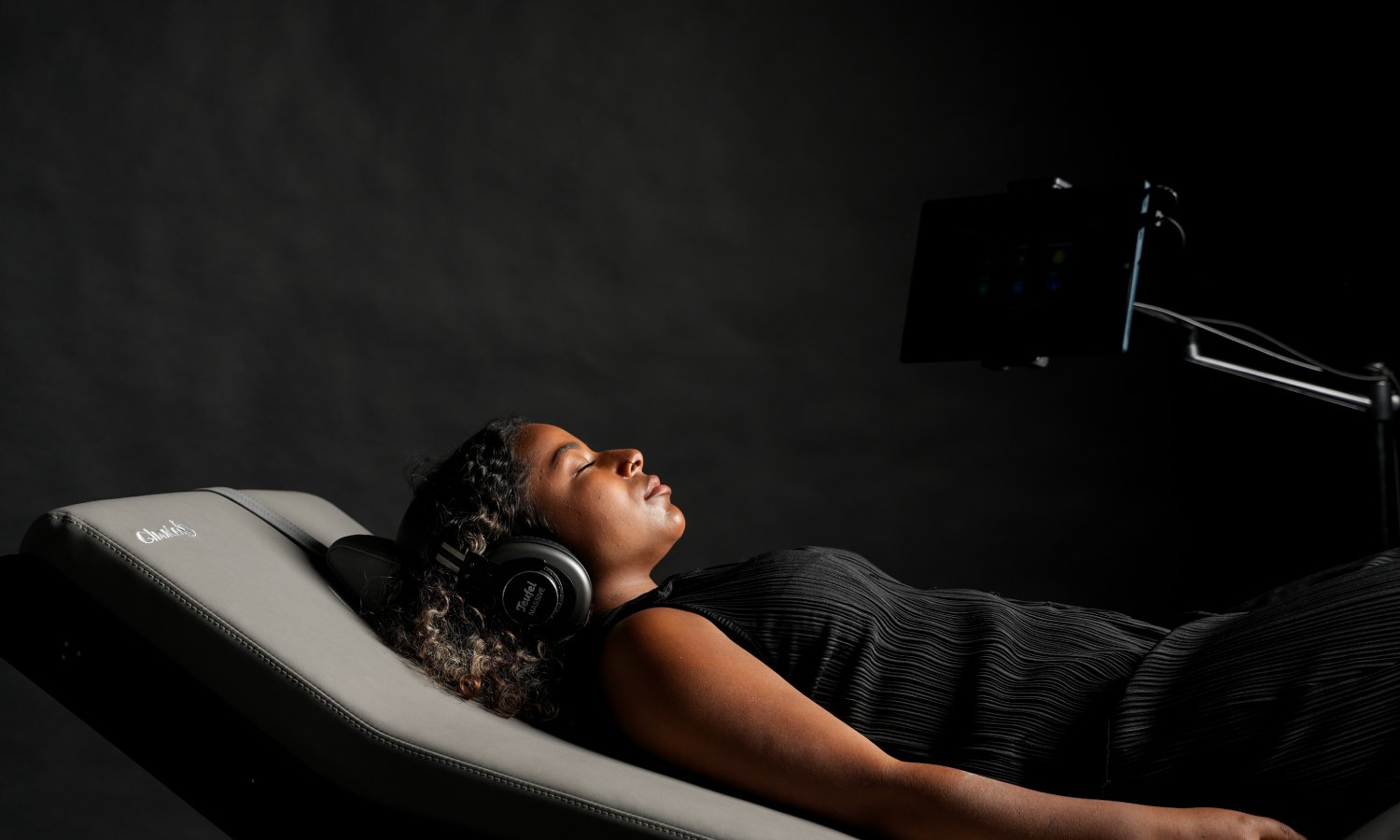- Linkedin Share
- Twitter Tweet
- Email Share
- Copy link Copy link Copied to clipboard
In today’s digital age, it’s easy to become overwhelmed by constant notifications, social media updates, and endless emails. While technology has its perks, the constant connection to screens often leads to stress, disrupted sleep, sedentary habits, and weakened relationships. A digital detox — an intentional break from technology — can significantly improve your health and fitness. However, taking a break from devices isn’t always easy, especially with how ingrained they are in our daily lives.
The Health and Fitness Benefits of Disconnecting
Stress Reduction
Constantly checking devices can leave us feeling mentally exhausted and stressed. A digital detox allows your mind to take a break from the constant influx of information, giving you the chance to recharge. Reduced screen time can help lower anxiety, improve focus, and allow you to be more present in your daily life.
Better Sleep Quality
One of the most immediate benefits of a digital detox is improved sleep. The blue light emitted from screens disrupts the production of melatonin, making it harder to fall asleep. By cutting out screens at least an hour before bedtime, you can restore your body’s natural sleep rhythms. Better sleep leads to more energy, which positively impacts your physical performance and recovery.
Increased Physical Activity
When you’re not glued to your devices, you have more time to spend on being active. A digital detox creates the space for you to go outside, walk, run, or try a new fitness class. Without the distraction of devices, you can also focus more fully on your workouts, improving both consistency and results.
Mindfulness and Reconnection with Yourself
Disconnecting from screens allows you to reconnect with your thoughts and feelings. This mindfulness can help you reflect on your fitness goals, assess your progress, and be more intentional about how you spend your time. By taking a break from digital distractions, you can focus on self-care, meditation, journaling, or simply resting—all of which improve mental and physical health.
How to Realistically Disconnect
- Start with Short Breaks and Set Boundaries
If the idea of disconnecting entirely feels daunting, begin with small, manageable breaks. Start with an hour or two each day where you put your phone away or implement a “no screens” rule an hour before bed. - Turn Off Notifications
Notifications are one of the main reasons we constantly check our devices. Turn off non-essential notifications, or use “Do Not Disturb” modes during your detox times. This simple action can significantly reduce the temptation to check your phone, helping you stay focused on other tasks. - Create Device-Free Zones
Designate certain areas of your home, such as the bedroom or dining room, as device-free zones. This helps create physical space where you can focus on activities that don’t involve screens. - Plan Digital Detox Days
If a few hours aren’t enough, plan entire days or weekends for a complete digital detox. Use these days to engage in offline activities — such as going for a long walk, reading, or trying a new fitness class. - Replace Screen Time with Healthier Activities
When you disconnect, fill that time with activities that nurture your mind and body. For instance, instead of scrolling through social media, you could go for a walk, try a new hobby, or cook for yourself. By replacing your screen time with more mindful and active habits, you naturally promote both physical and mental wellness. - Use Technology to Your Advantage
While it may seem counterintuitive, you can use technology to support your digital detox. Set up reminders or use apps that help you track screen time or set limits on social media usage. - Get Accountability
A digital detox is easier when you have a support system. Team up with your housemate, partner or a family member to help you both stay accountable.




